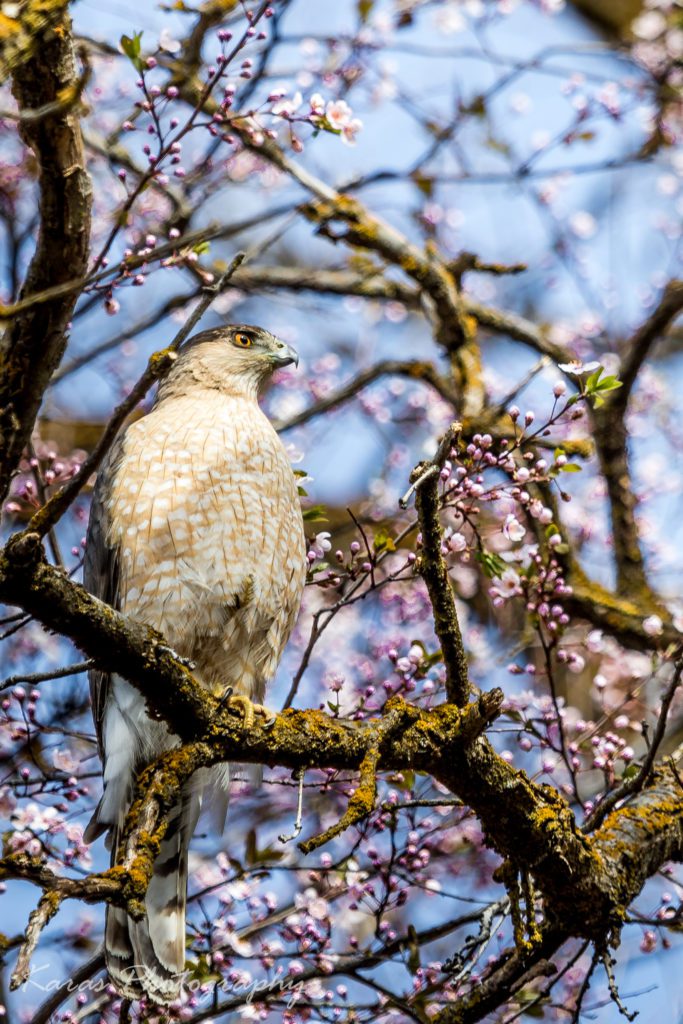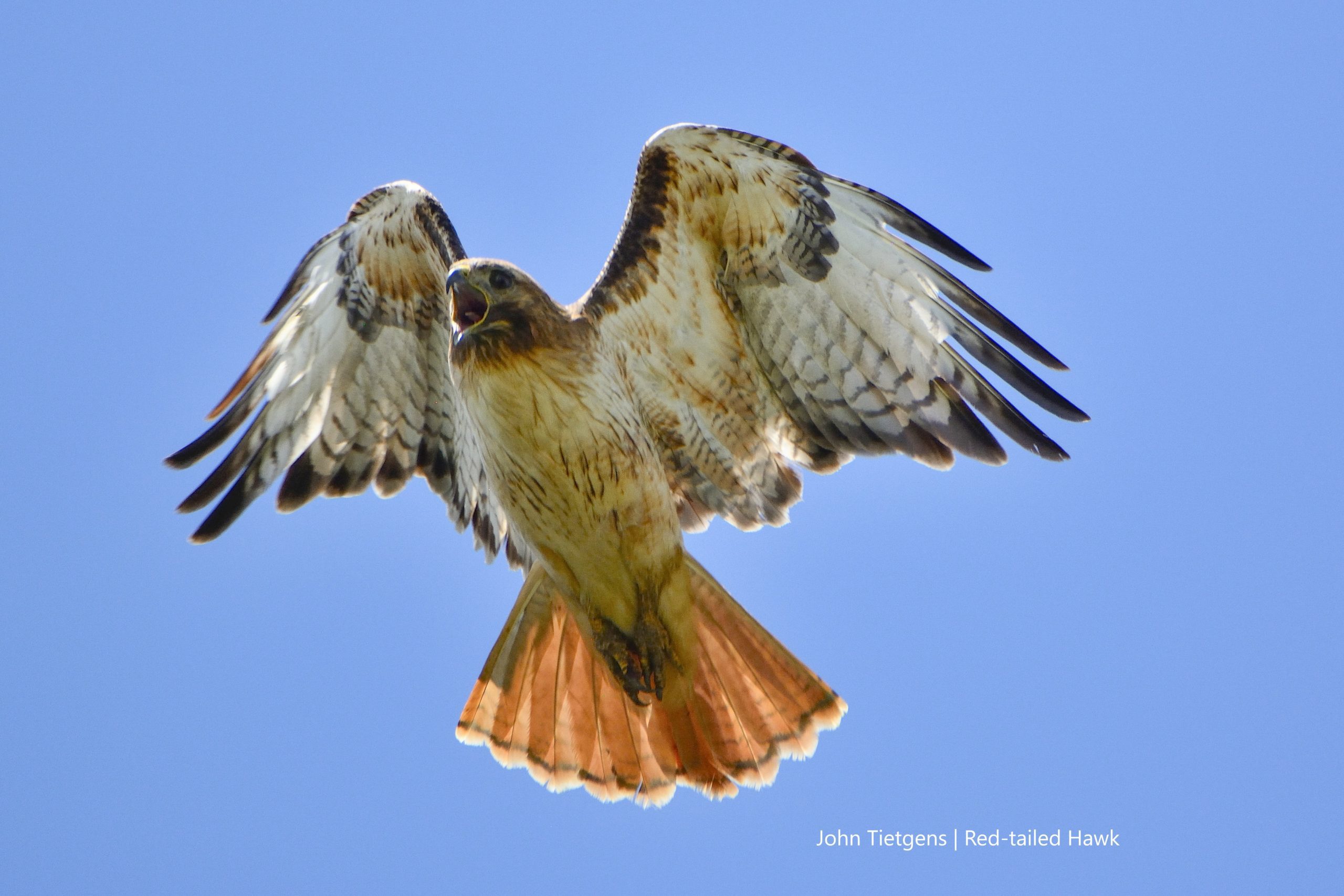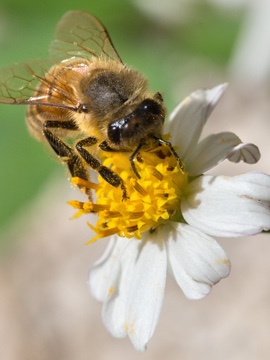Observe hawk migration.
Spring is a great time to observe hawk migration. Hawks are birds of prey with broad rounded wings, a short, hooked beak, and curved talons. With 19 species of hawks found in North America, you’re sure to catch a glimpse of these magnificent creatures if you know when and where to look.
Let’s Get Started
Hawks are common birds of prey in North America. Learn which types of hawks are most common in your area, and look up to see who’s flying overhead.
Start with looking for Red-tailed Hawks. They are easy to identify by their larger size, and signature red tail feathers. They can be found in every state in the continental United States. In Texas, they are found year-round, but numbers increase in the winter as hawks from the far north migrate south. Head outside to watch for hawks this spring.
Amazing!
Amazing!
SEARCH:
Hawks are birds of prey that hunt smaller birds, rodents like mice and squirrels, small reptiles like snakes and lizards, and insects. Look up and along roadsides when walking or even riding past to see if you can spot a hawk out looking for prey.
Amazing!
Amazing!
COUNT:
Hawks are extremely territorial. Unlike many other birds who travel in flocks, hawks are very solitary and will likely be alone unless you spot a mating pair. Count the different places you see hawks. Do you see more than one species?
Wonderful!
Wonderful!
LOCATE:
Whether your neighborhood is full of trees, hills and mountains, or tall buildings, you can search for hawks flying or perched above open areas like fields and roads where they hunt for food. Locate a field or open space like a park with tall trees nearby and see if you can locate common places for small animals and birds. You are likely to find hawks scoping out prey as well!
Great!
Great!
IDENTIFY:
Try to notice differences in the hawks you spot. Make a list of characteristics, draw, or photograph the hawks and then try to figure out which hawk species you found. Use a bird guide or online resources like International Hawk Watch. Before you go hawk watching, visit their Raptor ID Fact Sheets to read about each species and learn some identification tricks.
Fantastic!
Fantastic!
LISTEN:
What kinds of sounds do the hawks make? Do you notice any patterns in their calls? Are some higher-pitched than others?
Document Your Discoveries

- Draw or describe the hawks you spot in your Nature Notebook.
- Add your hawk sightings to your Bird List.
Bonus: Go Birding to hone your bird watching skills and help hawks by participating in a Hawk Watch.



